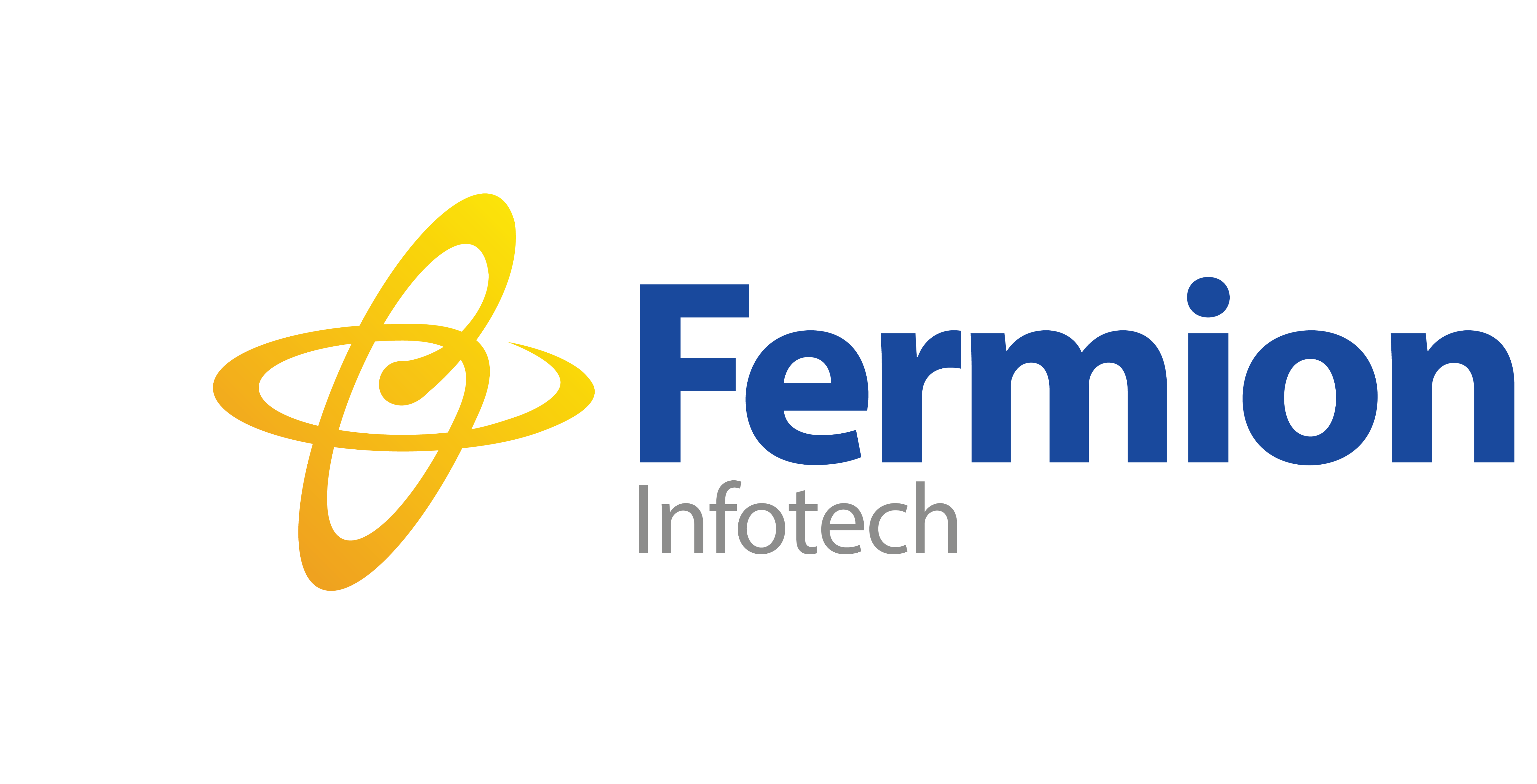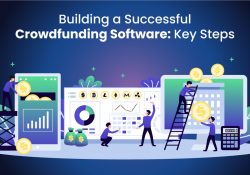
Developing a robust crowdfunding platform requires a strategic approach. To begin with one needs to set the requirements in place to define features like user registration, campaign management, payment processing, and social sharing. Ensure a secure architecture by integrating SSL encryption, secure payment gateways, and role-based access control to protect user data and transactions.
Next, focus on scalable development, using microservices and cloud infrastructure to handle varying loads. UX/UI design is crucial for user engagement; create an intuitive interface that simplifies campaign creation and donation processes.
Implement automated testing for functionality and security, ensuring a bug-free experience. Integrate analytics tools to track campaign performance and user behavior, providing insights for continuous improvement.
Finally, prepare for regulatory compliance, including GDPR and local financial regulations, to safeguard both the platform and its users. Continuous maintenance and updates will keep the software secure and relevant in the dynamic crowdfunding landscape.
Check out this Case Study where we worked to build a crowdfunding for Isha Foundation’s project ‘Kauveri Calling’. Understand the process that Fermion designed to achieve the numbers and make it scalable.



